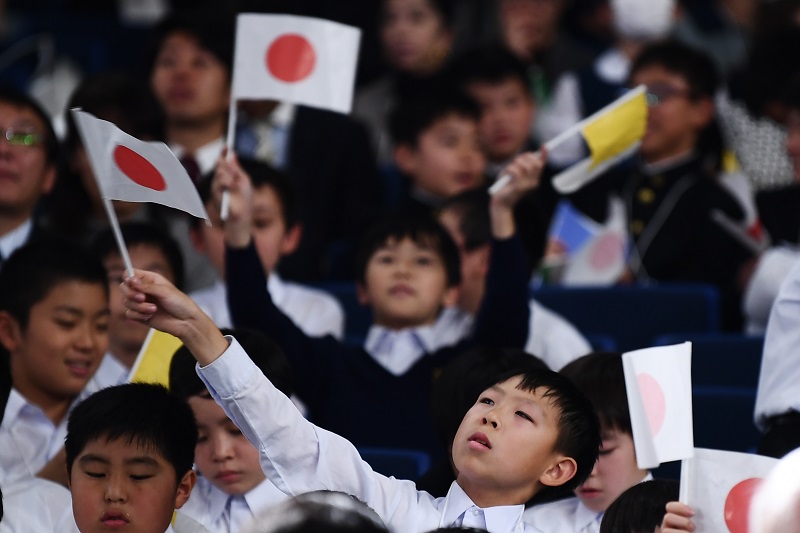
- ARAB NEWS
- 31 Jul 2025

TOKYO: The shares of Japanese elementary to high school children with less than "normal" visual acuity have risen to record highs, a health survey by the education ministry showed Friday.
Children with uncorrected vision of less than 1.0 on the Japanese scale accounted for 34.57 pct of those surveyed at elementary schools, 57.47 pct at junior high schools and 67.64 pct at high schools, all marking record highs. The 1.0 acuity is equivalent to 20/20 vision in the United States and elsewhere.
The ministry produced the preliminary figures using samples collected from the results of medical checkups conducted nationwide for children aged between 5 and 17 in April to June.
"Looking at smartphone screens at close distances and reading books may be having some effect on children's eyesight," the ministry said.
A more detailed investigation covering several thousand students will be conducted for the first time in fiscal 2020. Based on the results, the ministry will consider measures to deal with the problem.
The fiscal 2019 survey also found that record proportions of junior high and high school students suffer from nasal or paranasal sinus conditions, such as allergic rhinitis, at 12.10 pct and 9.92 pct, respectively.
The share of high school students suffering from ear problems, excluding hearing impairments, also hit a record high of 2.87 pct.
On the other hand, the proportions of children with tooth decay continued to decline, with record lows of 34.00 pct for junior high school students and 43.68 pct for high school students.
The downtrend is attributed to education on brushing teeth at school and increased awareness of dental health among families.
The survey also found that the proportion of 13-year-olds in Fukushima Prefecture weighing at least 20 pct more than standard stood at 12.29 pct, highest by prefecture.
In the prefecture, the share of obese children rose after the 2011 nuclear accident at Tokyo Electric Power Company Holdings Inc.'s Fukushima No. 1 power plant as fears about exposure to radiation led to restrictions on outdoor activities.
"It cannot be said that (the proportion in Fukushima) is markedly higher than in other prefectures, so there may not be any significant effect" of the outdoor activity restrictions, the ministry said.
Jiji Press